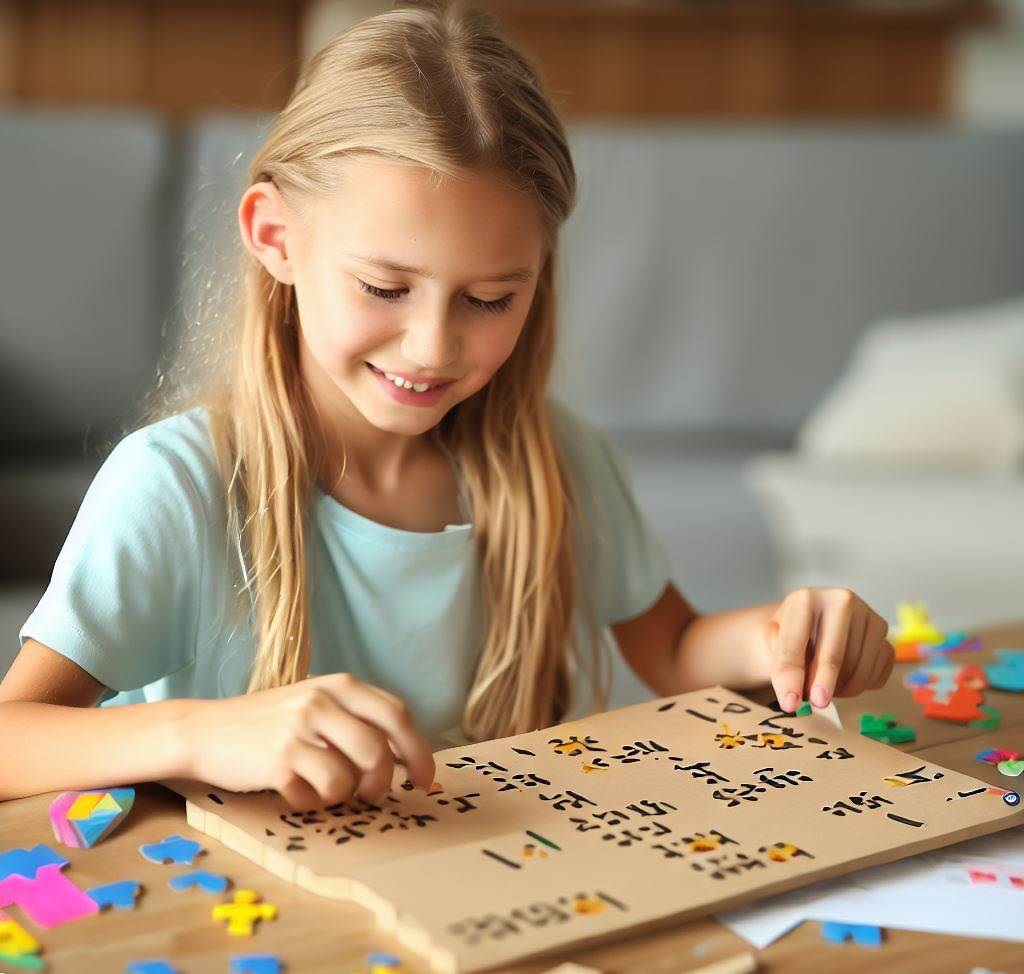Introduction
Math can often be a challenging subject for many children, and keeping them engaged is essential to their learning process. By incorporating DIY Math Puzzlers into your child’s educational routine, you can create a fun and interactive environment that will foster their love for math while simultaneously improving their skills. These homemade activities can be easily customized to suit your child’s age and skill level, ensuring that they stay engaged and challenged. Let’s explore some captivating DIY math puzzlers and learn how they can benefit your child’s learning journey.
Why DIY Math Puzzlers Matter
Fostering Critical Thinking Skills
Math puzzlers encourage children to develop critical thinking and problem-solving abilities. By presenting math concepts in an enjoyable and stimulating manner, kids are motivated to apply logic and reasoning to find solutions.
Building Self-Confidence
As children successfully complete math puzzlers, their confidence in their math skills increases. This newfound confidence can lead to a more positive attitude toward math and a greater willingness to take on new challenges.
Encouraging Creativity
Creating DIY math puzzlers allows children to tap into their imagination and creativity. Designing their puzzles lets them experiment with various materials and techniques, nurturing their artistic side while grasping math concepts.
Entertaining DIY Math Puzzler Ideas
- Math Fact Dominoes: Create dominoes that help your child practice addition, subtraction, multiplication, or division. Write a math problem on one end of a domino and the answer on the other end. Your child can connect the problems with their answers to create a chain of dominoes.
- Shape Detective: Cut out various shapes from colored paper or foam. Hide the shapes around the room and have your child find and identify each shape. This activity helps them practice shape recognition and observation skills.
- Number Bingo: Create bingo cards with numbers and draw the corresponding number of objects or dots in each square. Call out math problems and have your child mark the answer on their bingo card. The first to get a full row or column wins!
- Fraction Pizza: Make a pizza out of paper or felt, divided into equal parts. Label each part with the corresponding fraction. Have your child assemble the pizza by matching the correct fraction pieces.
- Pattern Chain: Using colored paper or craft foam, cut out strips and create a chain by linking them in a specific pattern (e.g., red-blue-green). Have your child continue the pattern as they add more links to the chain.
Tips for Crafting DIY Math Puzzlers
- Adjust the difficulty of the puzzles to match your child’s age and skill level.
- Utilize various materials, such as paper, foam, or cardboard, for a more engaging experience.
- Involve your child in the design and creation process, fostering a sense of ownership and pride in their work.
- Make the activities interactive and hands-on, allowing your child to explore and manipulate the concepts.
The Final Piece of the Puzzle
DIY math puzzlers offer a fun and engaging way for your child to develop their math skills. By creating these activities at home, you can customize them to meet your child’s needs and interests, transforming the learning of math into an enjoyable and rewarding experience. These homemade math puzzlers can be a valuable addition to your educational arsenal, giving your child the opportunity to explore math concepts in a playful and stimulating environment.
FAQs
- Q: What age group is suitable for DIY math puzzlers?A: DIY math puzzlers can be adapted for children of all ages by adjusting the difficulty level and complexity of the activities. This ensures they remain challenging and engaging for your child as they grow and develop.
- Q: Can I use DIY math puzzlers to teach advanced math concepts?A: Yes, you can create DIY math puzzlers that cover more advanced concepts, such as algebra, geometry, or trigonometry. Just be sure to tailor the activities to your child’s skill level and understanding.
- Q: How often should I incorporate DIY math puzzlers into my child’s learning routine?A: This can vary depending on your child’s needs and interests. You might introduce a new DIY math puzzler once a week or even daily if your child shows high engagement and enthusiasm for the activities.
- Q: How can I make DIY math puzzlers more challenging for my child?A: You can increase the difficulty of the math puzzlers by introducing more complex math problems, incorporating multiple math concepts, or setting time limits for solving the puzzles.
- Q: Can DIY math puzzlers be used in a group setting?A: Absolutely! DIY math puzzlers can be a great addition to a group learning environment, such as a classroom or homeschool co-op. These activities can encourage teamwork, cooperation, and friendly competition among children as they work together to solve the puzzles.
A Fun and Educational Adventure Awaits
In conclusion, DIY math puzzlers can significantly enhance your child’s learning experience by blending education with entertainment. By introducing these captivating activities into your child’s routine, you’ll help them develop essential math skills, boost their confidence, and nurture their creativity. So, get ready to embark on a fun-filled journey of discovery and growth with your child by incorporating these delightful DIY math puzzlers.


Add Comment